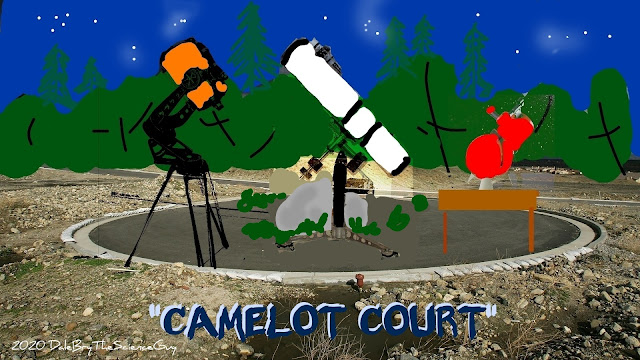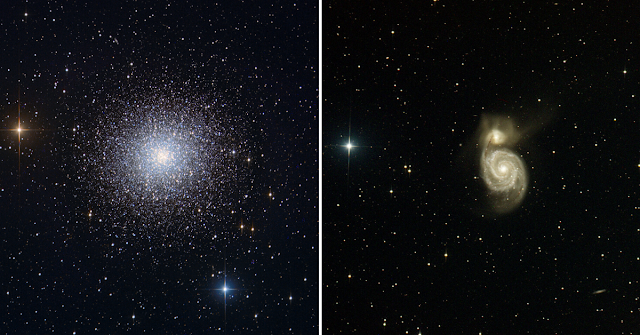Get 20% OFF Imaging Credits and Starbase Image Set Subscriptions on Insight Observatory's 16" f/3.75 Dream Aerospace Systems astrograph reflector (ATEO-1)!
Offer valid from June 1, 2020, Thru August 31, 2020.
Now that the summer months are arriving in the southwest, US, they may bring us fewer clear nights. However, when the nights are clear, the deep-sky gems in the summer Milky Way are there for the taking.
Insight Observatory has decided to celebrate the "rainy season" with a summer discount of 20% OFF imaging credits and Starbase image set subscriptions on our fast and wide field of view 16" f/3.75 Dream Aerospace Systems astrograph reflector remote telescope located at nearly 7,800' in the dark skies of New Mexico.
ATEO-1 Discounted Imaging Rates:
- Standard: $48.00 USD per imaging hour - Savings of $12.00 per imaging hour
- Education: $39.00 USD per imaging hour - Savings of $10.80 per imaging hour
ATEO-1 Starbase Image Set Subscriptions:
- Standard: $0.08 cents per minute of image set exposure time
- Education: $0.06 cents per minute of image set exposure time
Get quality image data acquired from ATEO-1 to process images like these...
If you have any questions regarding our "Monsoon Madness" summer discount, please Contact Us.
Sign-up or log in to access your ATEO Portal account to take advantage of this special offer.
Enjoy and Clear Skies!
The Insight Observatory Team















